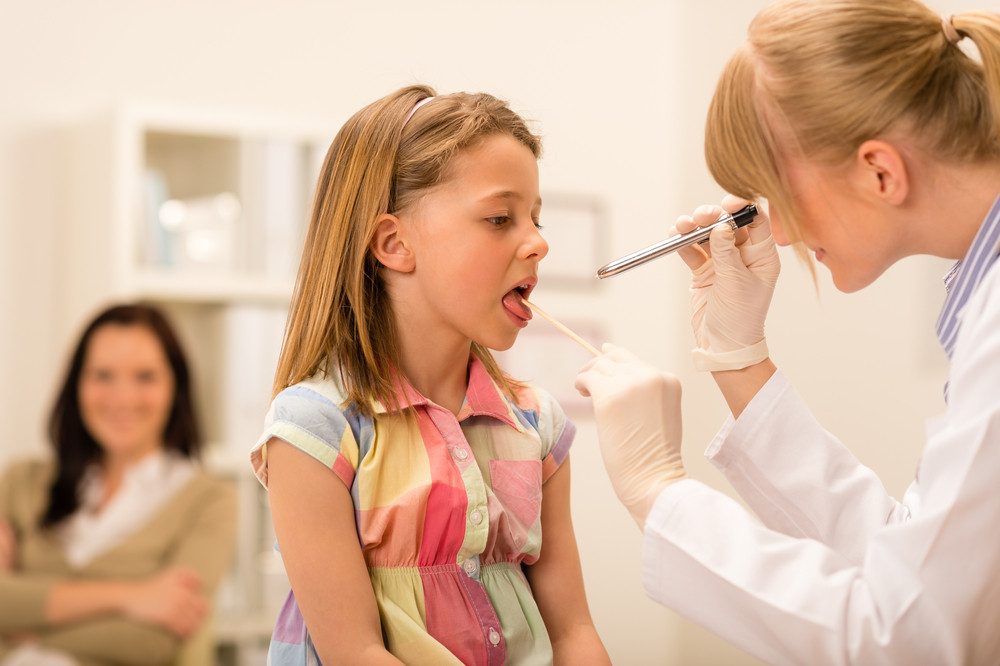Children are bound to run into various illnesses as they grow up. Kids enjoy touching everything, and toddlers still learn through taste and feeling textures. Placing children in daycare or school exposes them to various other illnesses as their immune system strengthens. Here are some of the most common diseases pediatricians say to watch for.
Hand, Foot, and Mouth Disease
Blisters or sores on the hands, feet, and mouth characterize this disease. That’s where it gets its name. It’s highly contagious, so pediatricians frequently see it in children who go to daycare centers or have siblings who do. It’s hard to control once one child has it. Some children will experience a fever or generally not feel well. They may be tired or fussy.
Common Contagious Conditions
Various conditions are both common and contagious. Strep throat is one of the most common childhood illnesses we see. Children often experience a sore throat and fever. Some will get a headache or vomit, but not all. Pink eye is another common condition that can be spread through contact and is noticeable when the white part of the eye is pink. Viral illnesses like the cold and flu are also common. Schedule an appointment with a doctor if you notice any symptoms that your child may be ill.
Watch Out for Stomach Viruses
Stomach virus is an umbrella term for any virus that affects the stomach. The stomach flu is often referred to as a stomach virus, too. Children will have symptoms like nausea, diarrhea, or vomiting. They may develop a fever. These viruses are dangerous for small children because kids can quickly become dehydrated from the fluid loss. If your child has persistent diarrhea or vomiting, it’s essential to contact a pediatrician as soon as possible.
Various Respiratory Illnesses
Pediatricians usually see children with symptoms of colds or flu throughout flu season. It’s common to see a child with sniffles or a cough. However, these seemingly minor viruses can be something else. They can also signal the beginning of RSV, a dangerous respiratory condition that can impact your child’s breathing. Pneumonia and whooping cough are also common. Don’t leave your child’s symptoms to chance. According to the CDC, about 93% of children have visited the doctor in the past year. It’s imperative to bring your child in at the first sign of something being off.
Parents who notice signs of illness in their child should contact a pediatrician for an evaluation, especially if a fever is present. It can be challenging for parents to tell the difference between a minor flu and RSV. Contact Pediatrix to schedule your appointment today.
Posted 12/15/23





